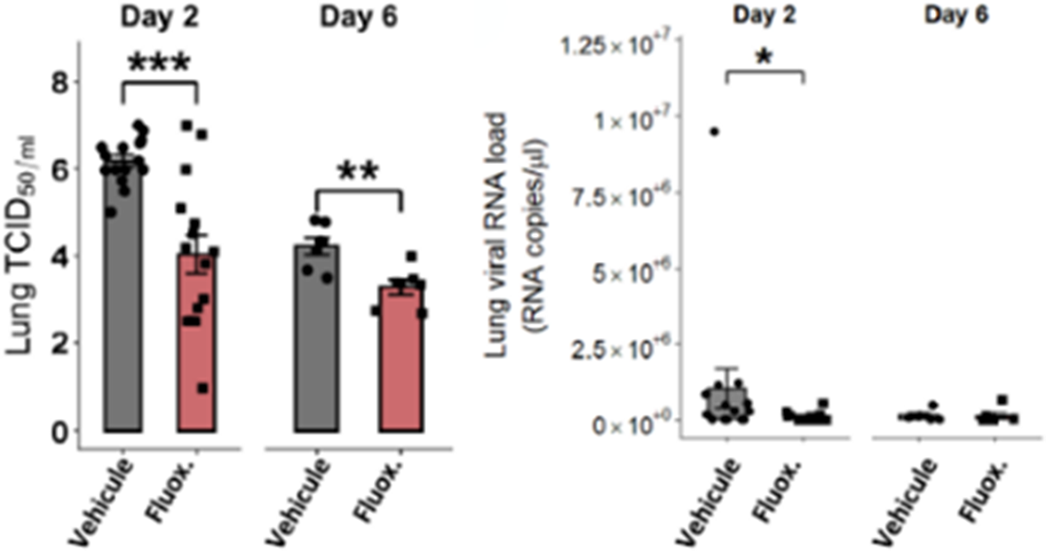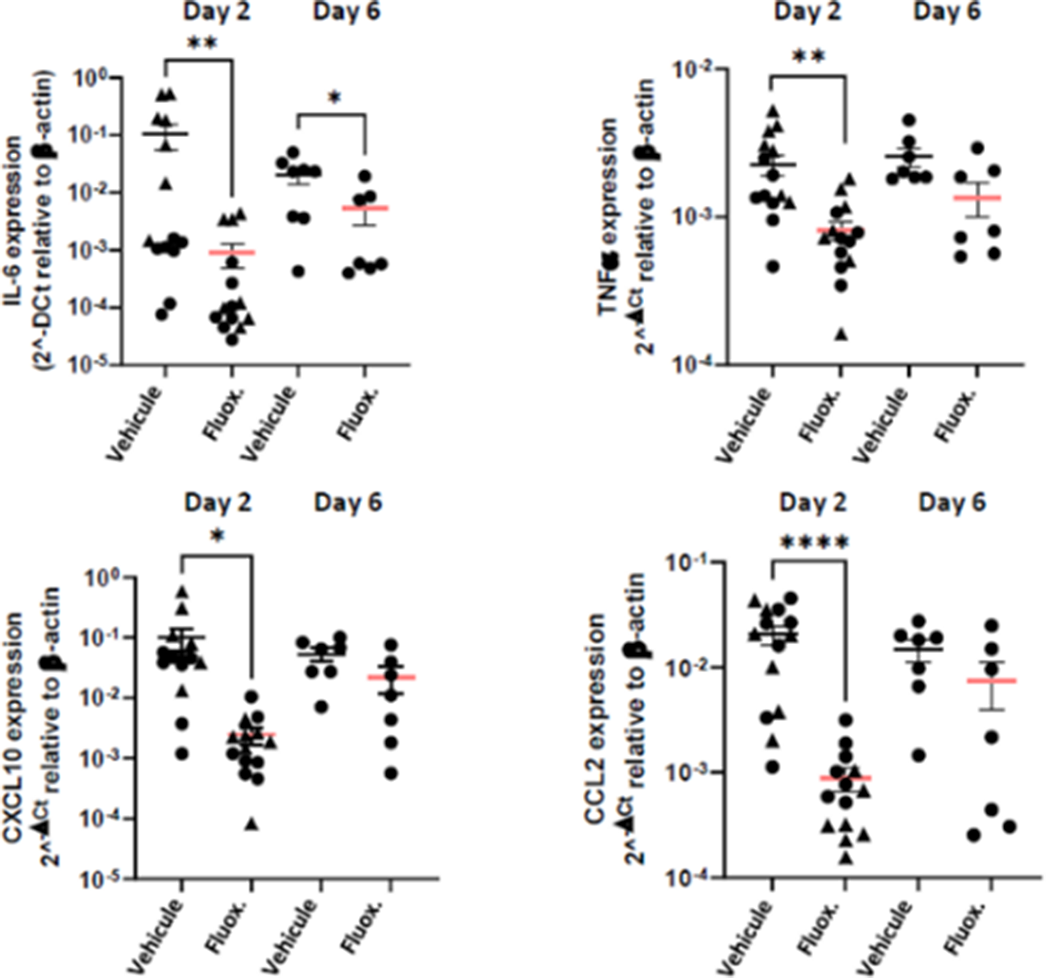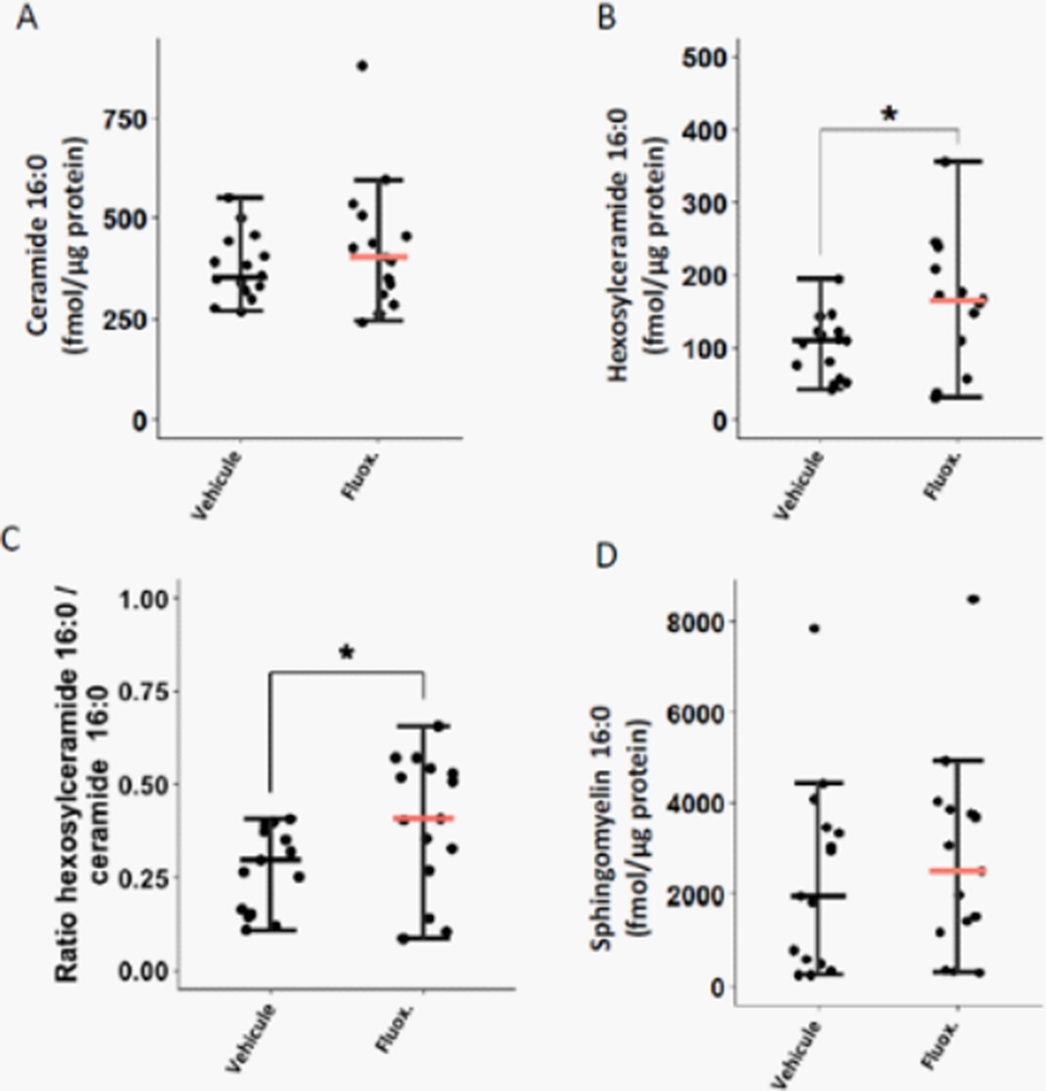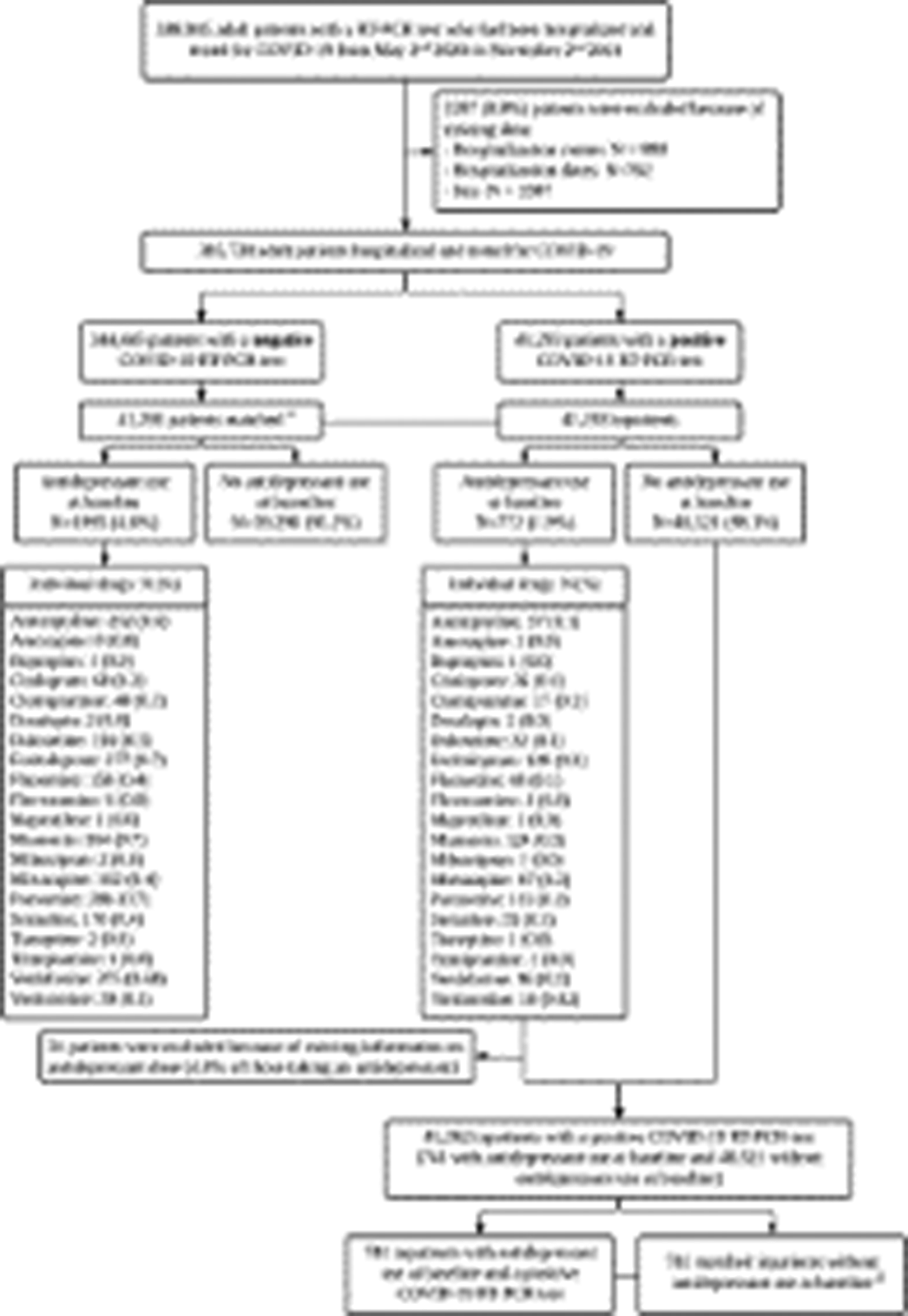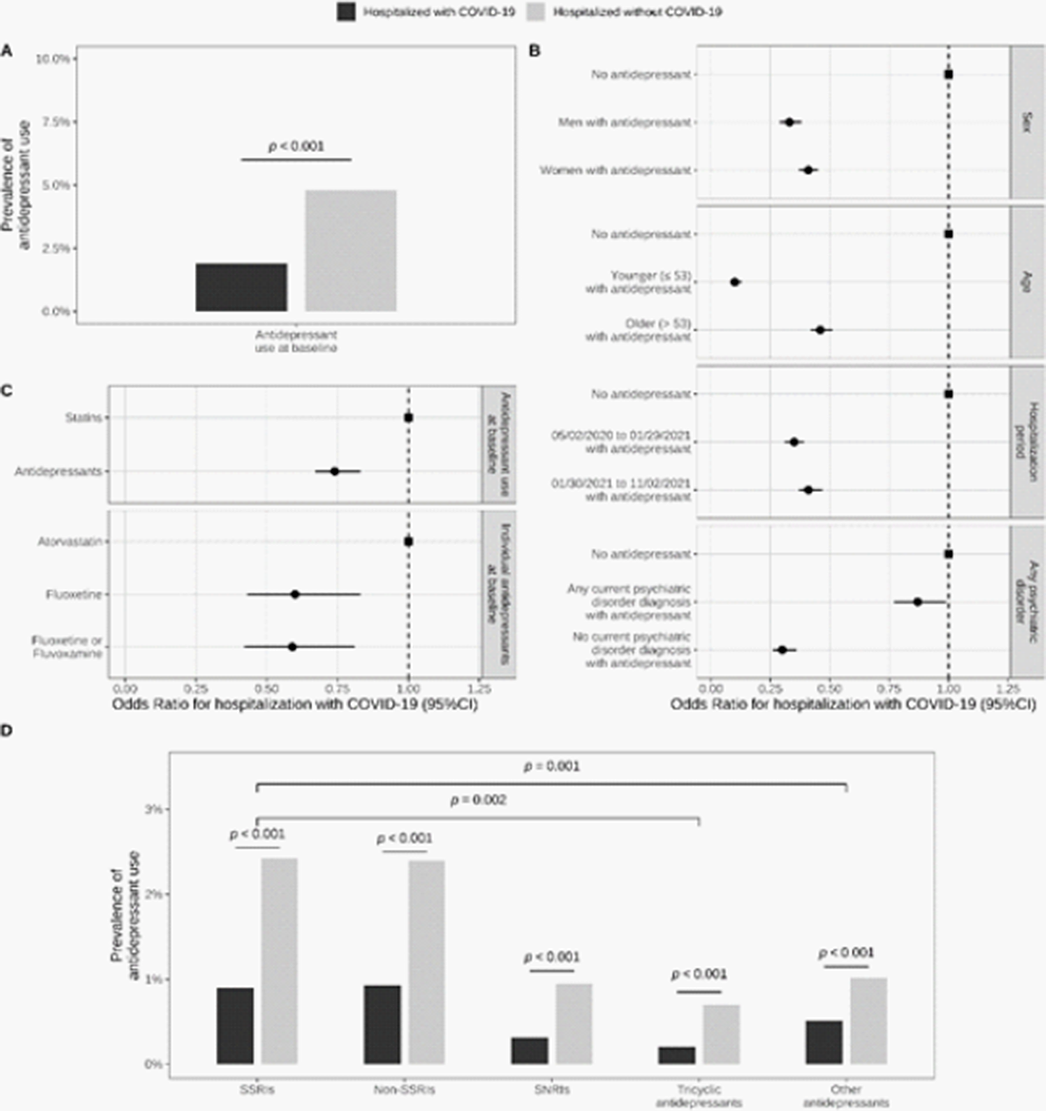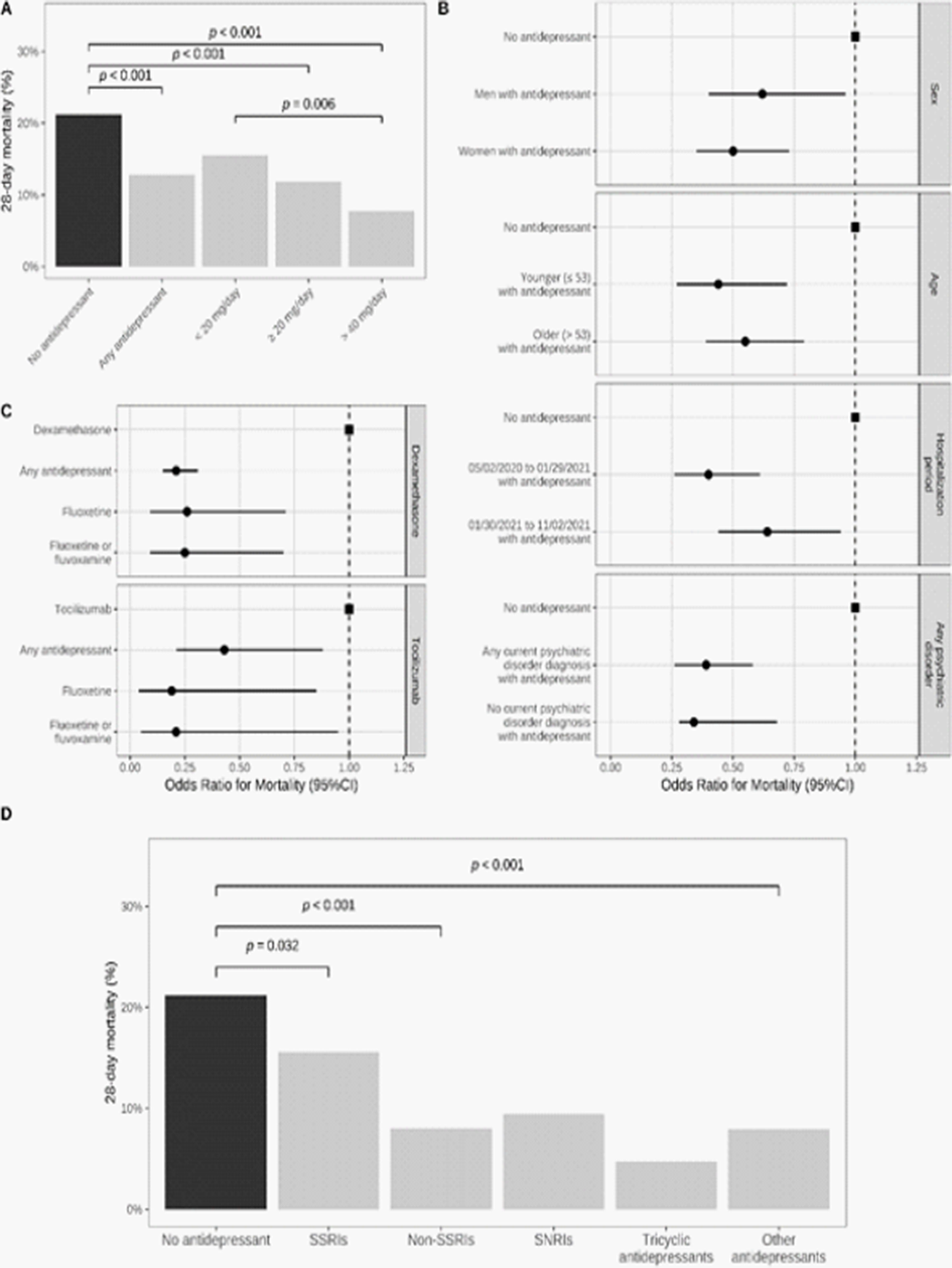114 results
Antiviral and Anti-Inflammatory Activities of Fluoxetine in a SARS-CoV-2 Infection Mouse Model
-
- Journal:
- European Psychiatry / Volume 66 / Issue S1 / March 2023
- Published online by Cambridge University Press:
- 19 July 2023, pp. S119-S120
-
- Article
-
- You have access
- Open access
- Export citation
Antidepressant Use and Its Association with 28-Day Mortality in Inpatients with SARS-CoV-2: Support for the FIASMA Model against COVID-19
-
- Journal:
- European Psychiatry / Volume 66 / Issue S1 / March 2023
- Published online by Cambridge University Press:
- 19 July 2023, pp. S118-S119
-
- Article
-
- You have access
- Open access
- Export citation
The transformative law of political economy in Europe
-
- Journal:
- European Law Open / Volume 1 / Issue 4 / December 2022
- Published online by Cambridge University Press:
- 14 April 2023, pp. 749-759
-
- Article
-
- You have access
- Open access
- HTML
- Export citation
Effect of driver and driving style on the stress responses of pigs during a short journey by trailer
-
- Journal:
- Animal Welfare / Volume 17 / Issue 2 / May 2008
- Published online by Cambridge University Press:
- 11 January 2023, pp. 189-196
-
- Article
- Export citation
Health Services Use and Costs in Individuals with Autism Spectrum Disorder in Germany: Results from a Survey in ASD Outpatient Clinics
-
- Journal:
- European Psychiatry / Volume 65 / Issue S1 / June 2022
- Published online by Cambridge University Press:
- 01 September 2022, p. S422
-
- Article
-
- You have access
- Open access
- Export citation
Disorder-specific cingulo-opercular network hyperconnectivity in pediatric OCD relative to pediatric anxiety
-
- Journal:
- Psychological Medicine / Volume 53 / Issue 4 / March 2023
- Published online by Cambridge University Press:
- 16 August 2021, pp. 1468-1478
-
- Article
-
- You have access
- Open access
- HTML
- Export citation
ECP01-01 - European Federation of Psychiatric Trainees Research Activities: an International Psychiatric Trainees Research Network
-
- Journal:
- European Psychiatry / Volume 27 / Issue S1 / 2012
- Published online by Cambridge University Press:
- 15 April 2020, p. 1
-
- Article
-
- You have access
- Export citation
721 – European Psychiatric Trainees and their Interactions with the Pharmaceutical Industry: Results from the EFPT-PRIRS Study
-
- Journal:
- European Psychiatry / Volume 28 / Issue S1 / 2013
- Published online by Cambridge University Press:
- 15 April 2020, 28-E229
-
- Article
-
- You have access
- Export citation
Pharmaceutical industry interactions of psychiatric trainees from 20 European countries
-
- Journal:
- European Psychiatry / Volume 30 / Issue 2 / February 2015
- Published online by Cambridge University Press:
- 15 April 2020, pp. 284-290
-
- Article
- Export citation
EPA-1665 – Organic Personality Disorder – Conceptual Principles, Psychopathology and Therapy
-
- Journal:
- European Psychiatry / Volume 29 / Issue S1 / 2014
- Published online by Cambridge University Press:
- 15 April 2020, p. 1
-
- Article
-
- You have access
- Export citation
Serum of Bipolar Patients Induces Pro-inflammatory Activation of Macrophages
-
- Journal:
- European Psychiatry / Volume 41 / Issue S1 / April 2017
- Published online by Cambridge University Press:
- 23 March 2020, p. S114
-
- Article
-
- You have access
- Export citation
Surveillance of infections in long-term care facilities (LTCFs): The impact of participation during multiple years on health care-associated infection incidence
-
- Journal:
- Epidemiology & Infection / Volume 147 / 2019
- Published online by Cambridge University Press:
- 09 September 2019, e266
-
- Article
-
- You have access
- Open access
- HTML
- Export citation
Automatic recording of individual oestrus vocalisation in group-housed dairy cattle: development of a cattle call monitor
-
- Article
-
- You have access
- Open access
- HTML
- Export citation
Paleometry as a key tool to deal with paleobiological and astrobiological issues: some contributions and reflections on the Brazilian fossil record
-
- Journal:
- International Journal of Astrobiology / Volume 18 / Issue 6 / December 2019
- Published online by Cambridge University Press:
- 19 March 2019, pp. 575-589
-
- Article
- Export citation
Thermodynamics of mixing and ordering in pyrope — grossular solid solution
-
- Journal:
- Mineralogical Magazine / Volume 68 / Issue 1 / February 2004
- Published online by Cambridge University Press:
- 05 July 2018, pp. 101-121
-
- Article
- Export citation
Timing and predictors of severe rotavirus gastroenteritis among unvaccinated infants in low- and middle-income countries
-
- Journal:
- Epidemiology & Infection / Volume 146 / Issue 6 / April 2018
- Published online by Cambridge University Press:
- 22 March 2018, pp. 698-704
-
- Article
-
- You have access
- HTML
- Export citation
Sea-ice surface roughness estimates from airborne laser scanner and laser altimeter observations in Fram Strait and north of Svalbard
-
- Journal:
- Annals of Glaciology / Volume 56 / Issue 69 / 2015
- Published online by Cambridge University Press:
- 26 July 2017, pp. 235-244
-
- Article
-
- You have access
- HTML
- Export citation



